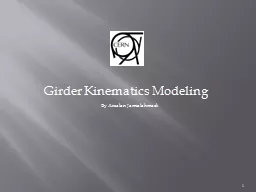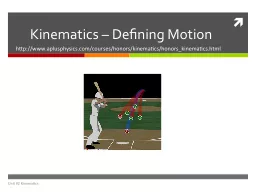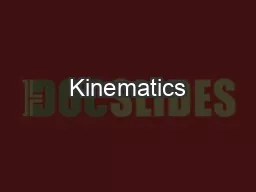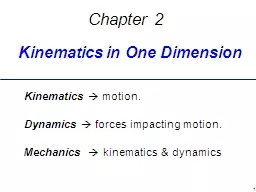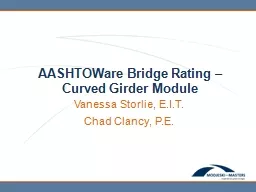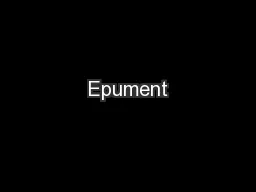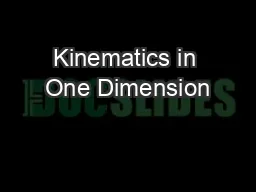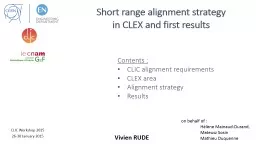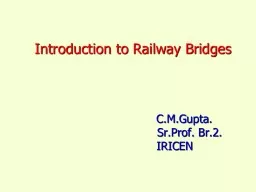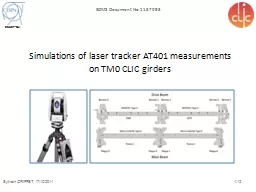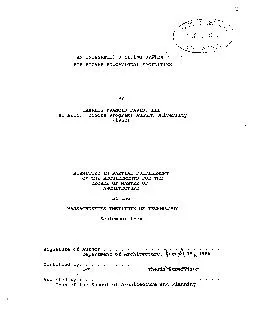PPT-1 Girder Kinematics Modeling
Author : kaptainpositive | Published Date : 2020-07-01
By Arsalan Jamialahmadi Aim of the Study To provide a model to study Static deformation of the MicroControl girder for the Main Beam of the CLIC twobeam prototype
Presentation Embed Code
Download Presentation
Download Presentation The PPT/PDF document "1 Girder Kinematics Modeling" is the property of its rightful owner. Permission is granted to download and print the materials on this website for personal, non-commercial use only, and to display it on your personal computer provided you do not modify the materials and that you retain all copyright notices contained in the materials. By downloading content from our website, you accept the terms of this agreement.
1 Girder Kinematics Modeling: Transcript
Download Rules Of Document
"1 Girder Kinematics Modeling"The content belongs to its owner. You may download and print it for personal use, without modification, and keep all copyright notices. By downloading, you agree to these terms.
Related Documents

